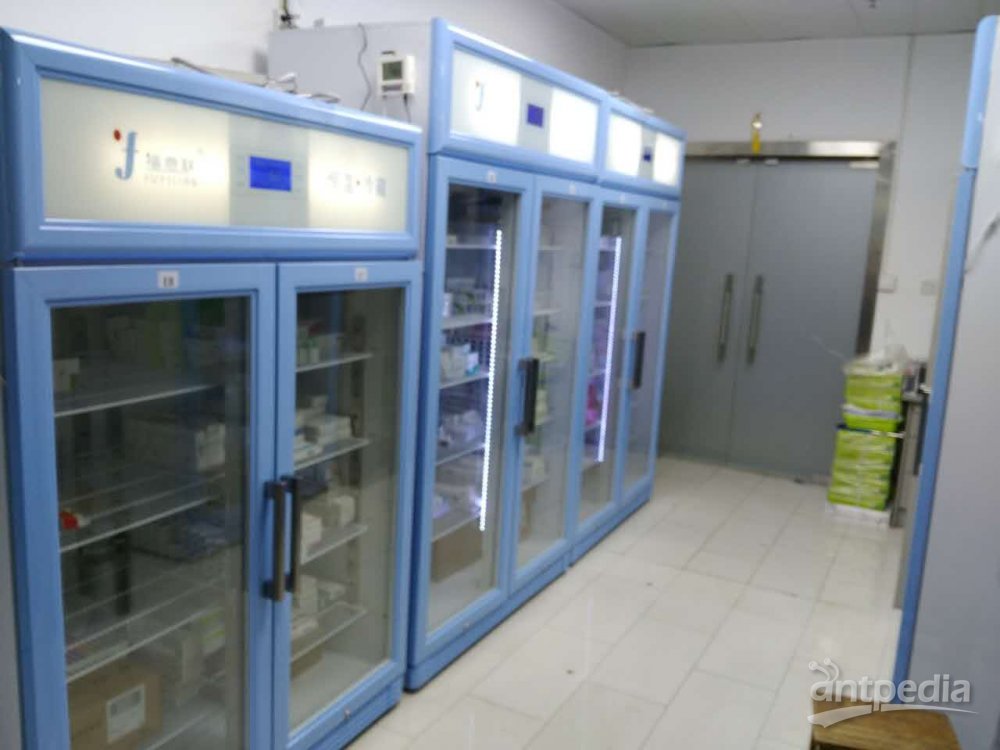全基因組分析發現多個疾病相關基因
來自倫敦帝國理工學院的研究人員通過多次全基因組關聯分析,發現了多個與疾病相關的基因,其中包括了糖尿病,冠心病等現代社會熱點關注的疾病,這些成果陸續發表在《Nature Genetics》,《JAMA》等雜志上。
第一篇文章中,研究人員找到了控制電信號,也就是控制心律的基因,這種被稱為SCN10A的基因受到損傷或突然變異會增加患心臟病的風險。研究人員希望,他們的發現能幫助他們了解人體的心跳如何受到控制,能最終幫助他們找到治療心律不齊的新辦法。
臟病是世界上主要的死亡原因,其死亡人數每年約占七百萬,英國約有十萬。因嚴重的心律不齊(比如心室纖維性顫動——能導致心跳停止的心臟短路)而突然造成死亡的人數占半數以上。人的心跳受電信號控制,開始于中心地區——心臟起搏器——并環繞心臟肌肉運行。
倫敦帝國理工學院的流行病、公共衛生和初級護理部研究報告的John Chambers博士表示,“基因變異就像硬幣的兩面,一面與增加風險有關,另一面與降低風險有關。我們已經確認了影響心律的基因,基因變異不同的人將增加或降低發展心律問題的風險。”
在這項研究中,研究人員分析了近2萬人的基因組成,以尋找影響心跳的基因因素。他們研究每個人的心電圖(ECG心跳記錄),測量電信號在心臟不同部位運行的時間。研究人員發現,SCN10A基因的變異與緩慢不規則的心律(包括心室纖維性顫動)有關。
另外這一研究小組還分證實了基因TMPRSS6與血小板水平有關,他們發現了34個新的遺傳位點與血細胞性狀特征有關,這一新發現提供了有關遺傳位點影響血細胞性狀的新認識。這一研究成果公布在《Nature Genetics》雜志上。
研究人員對1.6萬人的基因圖譜和血紅蛋白含量進行了分析。結果顯示,基因TMPRSS6控制著人體內的血紅蛋白含量。研究對象中既有歐洲人也有亞洲人,說明這一基因的作用在全球人群中廣泛存在。
血紅蛋白是高等生物體內負責運送氧的一種蛋白質,如果體內血紅蛋白含量過低,就會出現貧血等癥狀。但如果血紅蛋白含量太高,也會增加中風等疾病的風險。
研究人員說,如果能研發出增強基因TMPRSS6活動性的藥物,就可以提高人體內的血紅蛋白含量,幫助治療貧血癥等。同樣,如果能用藥物抑制該基因的作用,也可以根據需要降低血紅蛋白的含量。
同樣在這一雜志上,倫敦帝國理工學院研究組成員對亞洲印第安人或歐洲血統人進行了廣泛的基因組掃描,鑒別出MC4R附近的一個變異增加了糖尿病和胰島素抗阻的風險。
除此之外,研究人員在JAMA雜志上發表的文章通過一項對炎癥生物標記C-反應蛋白(CRP)的遺傳變異與冠心病之間的分析無法對它們之間的因果關聯給予支持。
冠心病(CHD)是全世界首要的致死原因。 炎癥在CHD每個階段的發展中(即從病理發展的啟動到斑塊的破裂)都扮演著關鍵的作用。 根據文章的背景資料,CRP是目前使用最為廣泛的炎癥生物學標志。
研究人員開展了一項遺傳學的相關性研究,旨在尋找影響CRP水平的共同基因位點(即其染色體上某特別基因的特殊位置)并用基因隨機化的方法來檢驗CRP水平與CHD之間可能存在的因果關系。他們首先開展的是在整個基因組范圍內的相關性(n=17,967)和復制研究(n = 13,615)以尋找與血漿CRP濃度相關的基因位點。這些數據的收集時間在1989年至2008年之間,而基因型的決定是在2003年至2008年之間。
研究人員發現,目前的在基因組范圍內的相關性研究證實了LEPR, IL6R, CRP 和HNF1A 位點及APOE-CI-CII 集簇中的普通的基因變異與CRP濃度之間存在著相關性。但是,SNP rs7553007次要等位基因(某基因的一種替代形式)和在納入我們的孟德爾隨機研究中的CRP位點中的其它的變異則與CHD風險之間沒有關聯。”
他們得出結論:“總而言之,我們的對超過28,000例患者樣本和100,000例對照樣本的孟德爾隨機化研究發現,CRP位點變異與CHD之間沒有關聯性,因此不支持其與粥樣硬化中的CRP之間具有因果關系。而且,這一研究提示,開發針對降低血漿CRP濃度的治療策略不太可能會有效果。”
?
原文檢索:
Genome-wide association study identifies variants in TMPRSS6 associated with hemoglobin levels
We carried out a genome-wide association study of hemoglobin levels in 16,001 individuals of European and Indian Asian ancestry. The most closely associated SNP (rs855791) results in nonsynonymous (V736A) change in the serine protease domain of TMPRSS6 and a blood hemoglobin concentration 0.13 (95% CI 0.09–0.17) g/dl lower per copy of allele A (P = 1.6 10-13). Our findings suggest that TMPRSS6, a regulator of hepcidin synthesis and iron handling, is crucial in hemoglobin level maintenance.
Genetic Loci Associated With C-Reactive Protein Levels and Risk of Coronary Heart Disease
Context Plasma levels of C-reactive protein (CRP) are independently associated with risk of coronary heart disease, but whether CRP is causally associated with coronary heart disease or merely a marker of underlying atherosclerosis is uncertain.Objective To investigate association of genetic loci with CRP levels and risk of coronary heart disease.
Design, Setting, and Participants We first carried out a genome-wide association (n = 17 967) and replication study (n = 13 615) to identify genetic loci associated with plasma CRP concentrations. Data collection took place between 1989 and 2008 and genotyping between 2003 and 2008. We carried out a mendelian randomization study of the most closely associated single-nucleotide polymorphism (SNP) in the CRP locus and published data on other CRP variants involving a total of 28 112 cases and 100 823 controls, to investigate the association of CRP variants with coronary heart disease. We compared our finding with that predicted from meta-analysis of observational studies of CRP levels and risk of coronary heart disease. For the other loci associated with CRP levels, we selected the most closely associated SNP for testing against coronary heart disease among 14 365 cases and 32 069 controls.




















